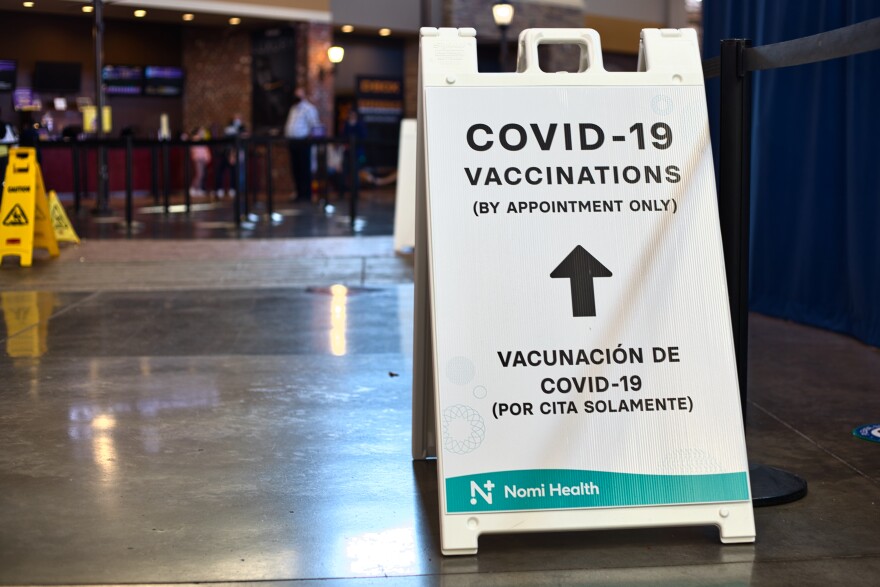Utah’s seven-day average for vaccine doses administered has fallen by about 23% over the last week and a half, according to state COVID-19 data. That’s a trend consistent with national figures, as all adults 16-years-old and up have become eligible and those eager to sign up for shots have gotten or are scheduled to be vaccinated.
In Utah, more than 1.2 million people have had at least one dose of the COVID-19 vaccine. That’s nearly 40% of the state’s total population. Vaccine rates vary widely, however, across age groups, demographics and by county. Only about a third of 16-29 year olds have had one shot, compared to 88% of 70-79 year olds.
Rich Lakin, immunization director with the Utah Department of Health, said the ultimate goal is to get 70% of the state vaccinated. That’s when herd immunity will likely be reached, but it’s a number that could get progressively harder to reach as the people most receptive to the vaccine get their shots.
In the past, Lakin said there are three main ways people have responded to large-scale vaccination efforts. There are the people who get vaccinated right away, others who will get a vaccine but aren’t in a rush and then there’s the people who won’t get a vaccine at all.
“I think right now we're probably finishing up with the population that was very excited about the vaccine and wanted to get it,” he said. “And now we're kind of moving into the second population where they're not against vaccination, but they're a little bit slower in responding.”
Getting those more hesitant groups to sign up for shots requires a shift in strategy, he said. The state can no longer rely on mass vaccination sites to entice people in. Instead, health officials have to actively seek them out.
Lakin said the state is now trying to offer more vaccines through individual physicians’ offices and clinics. Local health departments are also partnering with private employers to offer vaccines to workers on the job.
He said it’s proven successful at a meat packing plant in Hyrum, which had a major COVID-19 outbreak last June. The mostly Hispanic workforce had not been seeking out the vaccine at larger sites, Lakin said.
“A lot of people are hesitant about giving personal information to the government,” he said. “But the place of business already has the personal information. And so when the local health department went there, they actually had over an 8% uptake of people that wanted to get the vaccine.”
The Central Utah Health Department is making similar changes. The region covers six counties from Juab to Wayne and has some of the lowest vaccination rates in the state. Only about 27% of people there have had at least one dose.
Executive Director Nate Selin said the constraint early on was vaccine supply. Now it’s the demand. He said the region has had fewer vaccine sign ups over the last three weeks and more appointments are going unfilled
As restrictions are lifted and overall case numbers remain relatively flat, he said people are less eager to get the vaccine, particularly those who are younger and less susceptible to serious complications from the virus and people in rural areas.
Still, he said he’s not particularly worried about people not wanting the vaccine at all.
“As we talk with a lot of those individuals, it's not always a resistance to the vaccine,” Selin said. ”They're giving it some more time. They want to look at it a little bit more closely. They want to study it a little bit more closely."





